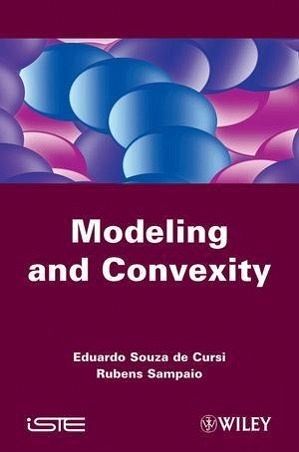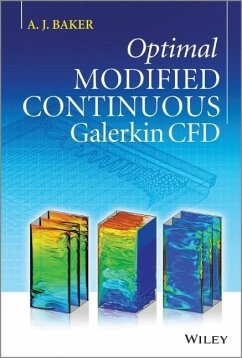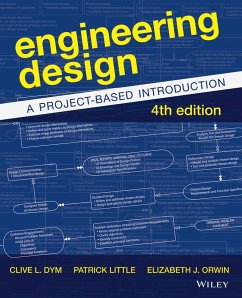
Modeling and Convexity
Versandkostenfrei!
Versandfertig in über 4 Wochen
234,99 €
inkl. MwSt.
Weitere Ausgaben:

PAYBACK Punkte
117 °P sammeln!
This reference book gives the reader a complete but comprehensive presentation of the foundations of convex analysis and presents applications to significant situations in engineering. The presentation of the theory is self-contained and the proof of all the essential results is given. The examples consider meaningful situations such as the modeling of curvilinear structures, the motion of a mass of people or the solidification of a material. Non convex situations are considered by means of relaxation methods and the connections between probability and convexity are explored and exploited in o...
This reference book gives the reader a complete but comprehensive presentation of the foundations of convex analysis and presents applications to significant situations in engineering. The presentation of the theory is self-contained and the proof of all the essential results is given. The examples consider meaningful situations such as the modeling of curvilinear structures, the motion of a mass of people or the solidification of a material. Non convex situations are considered by means of relaxation methods and the connections between probability and convexity are explored and exploited in order to generate numerical algorithms.












